News
-
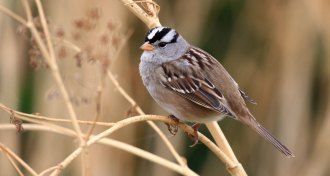 Animals
AnimalsSeeds coated in a common pesticide might affect birds’ migration
Eating small amounts of a neonicotinoid pesticide can disorient white-crowned sparrows.
-
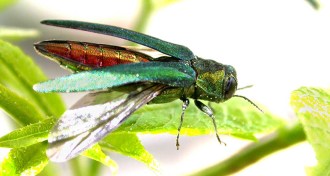 Plants
PlantsThe dietary habits of the emerald ash borer beetle are complicated
Tests answer some questions about the emerald ash borer’s hidden taste for olive and fringe trees.
By Susan Milius -
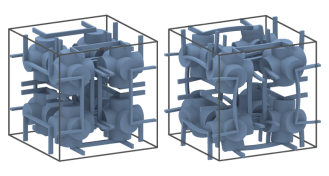 Materials Science
Materials ScienceThis material does weird things under pressure
A new metamaterial has a seemingly impossible property: It swells when squeezed.
-
 Archaeology
ArchaeologySkeletons could provide clues to who wrote or protected the Dead Sea Scrolls
Skeletons suggest a group of celibate men inhabited Dead Sea Scrolls site.
By Bruce Bower -
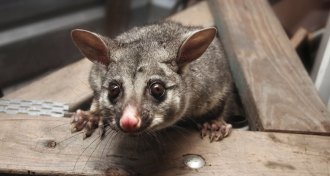 Genetics
GeneticsCurrent CRISPR gene drives are too strong for outdoor use, studies warn
Self-limiting genetic tools already in development may be able to get around concerns surrounding the use of gene drives.
By Susan Milius -
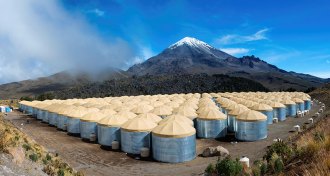 Particle Physics
Particle PhysicsExcess antielectrons aren’t from nearby dead stars, study says
Pulsars might not be behind excess antimatter, gamma-ray observations suggest.
-
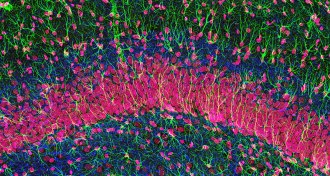 Neuroscience
NeuroscienceStudy casts doubt on whether adult brain’s memory-forming region makes new cells
An examination of 54 human brains suggests that adults don’t grow new neurons in the hippocampus, contrary to several widely accepted studies.
-
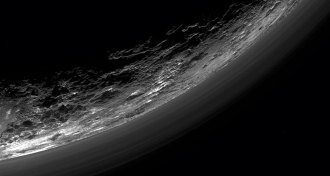 Astronomy
AstronomyHaze keeps Pluto cool by kicking heat out to space
Pluto may be the only place in the solar system whose atmosphere is kept cool by solid hazes, not warmed by gas.
-
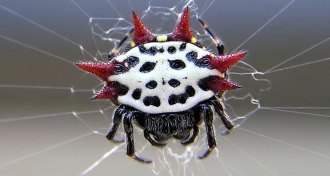 Animals
AnimalsThese spiders may have the world’s fastest body clocks
Three orb-weaving spiders may have the shortest circadian clocks yet discovered among animals.
-
 Health & Medicine
Health & MedicineNew blood pressure guidelines put half of U.S. adults in unhealthy range
New hypertension guidelines broaden the range of those considered to have high blood pressure and emphasize lifestyle changes to combat the condition.
-
 Health & Medicine
Health & MedicineCholera pandemics are fueled by globe-trotting bacterial strains
International cholera strains, rather than local ones, have caused raging epidemics, according to research that examined the bacteria’s DNA.
-
 Physics
PhysicsWhy the wiggle in a crowd’s walk can put a wobble in a bridge
New simulations can better predict when pedestrians cause a bridge to shimmy.